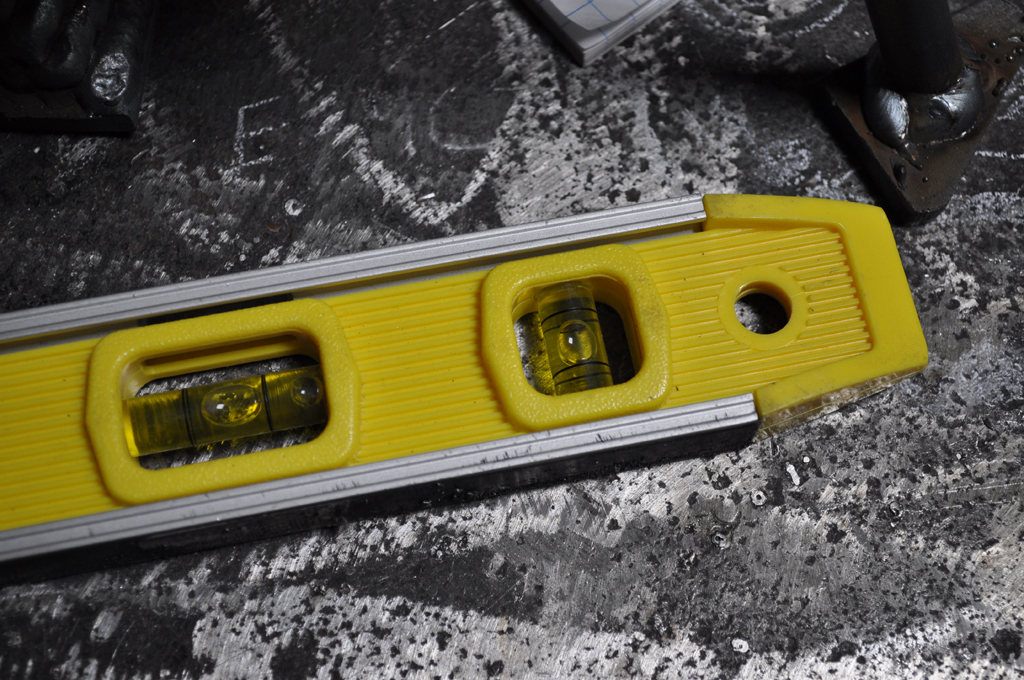
- Planning and initiating projects
- Installing underground voice or data circuit feeders to entrance facilities
- Providing or connecting to the grounding electrode system
- Installing pathways and spaces for installation of low voltage wiring
- Installing and terminating wires and cables
- Installing Local Area Network (LAN) cabling systems
- Installing security and access control systems
- Installing communications and sound distribution systems
- Testing and repairing video, voice and data systems
In performing these duties, Telecommunications Installer/Technicians must use many different kinds of tools, ranging from simple ones and two-hand tools (such as screwdrivers and cable cutters) to power-assisted tools like electric drills and screw guns. They occasionally operate heavy equipment such as trenchers.
Over the course of the three-year Telecommunications Installer/Technicians apprenticeship program, apprentices must become competent in many technical areas. A recent job analysis identified 124 specific areas of knowledge that are important for Telecommunications Installer/Technicians’ job performance. A few of the most important ones are knowledge of:
- Color codes (proper termination sequence)
- Structured wiring
- Cable testing requirements and standards
- Local Area Networks (LAN)
- The basics of telephony
- Blueprints, including symbols used
- Electronic Industries Association (EIA)/Telecommunications Industry Association (TIA) Standards
- The principles of grounding
- First aid
- Hazardous materials
- Proper wire/cable to use in different circumstances
Some of the most important skills to be learned are:
- Terminating twisted pair cable
- Terminating fiber optic cable
- Troubleshooting through segmentation and isolation
- Diagnosing the source of equipment malfunctions
- Splicing copper, coaxial and fiber optic cable
- CPR
Contact Northern Nevada Electrical Training Center to learn more about becoming an Telecommunications Installer/Technicians.
